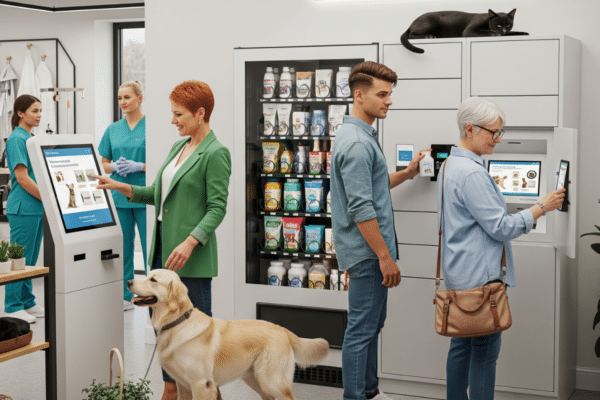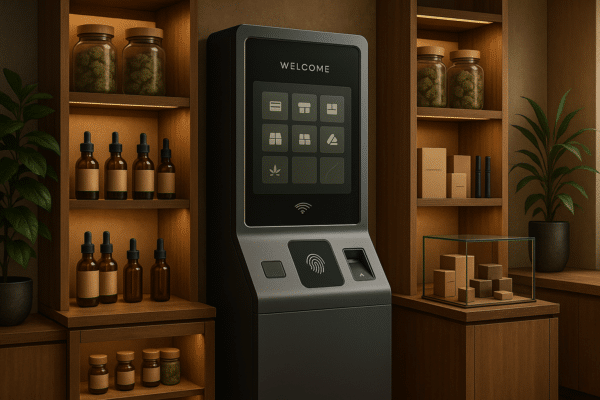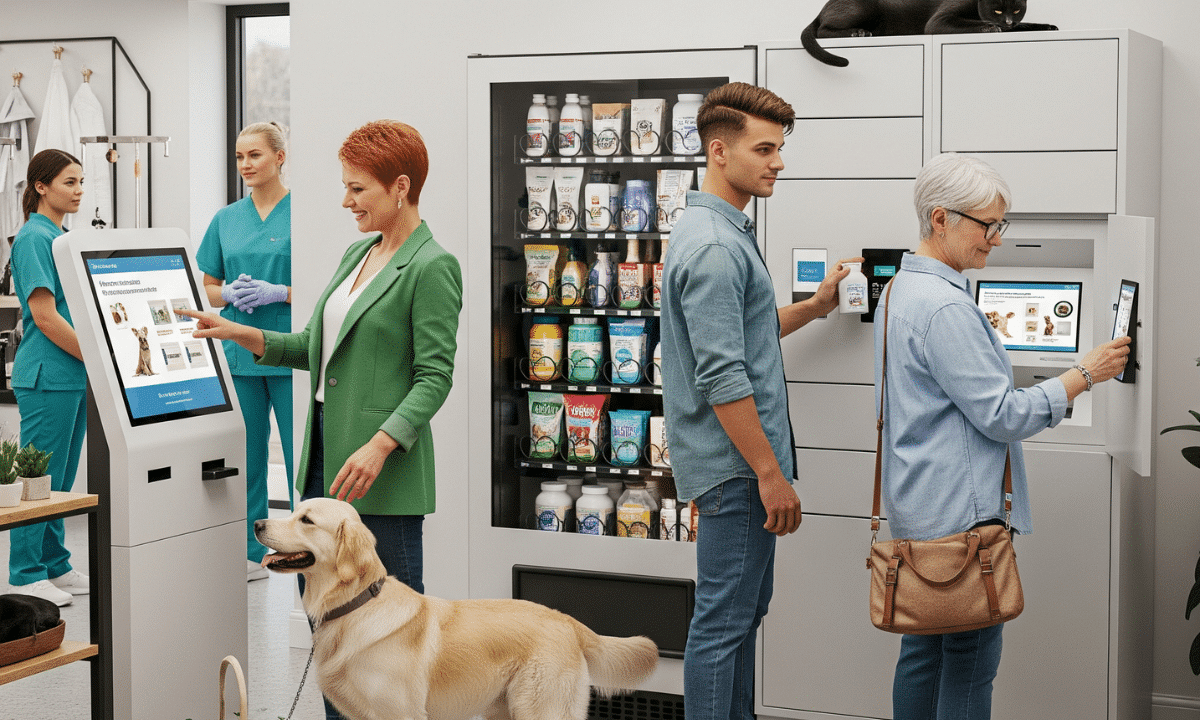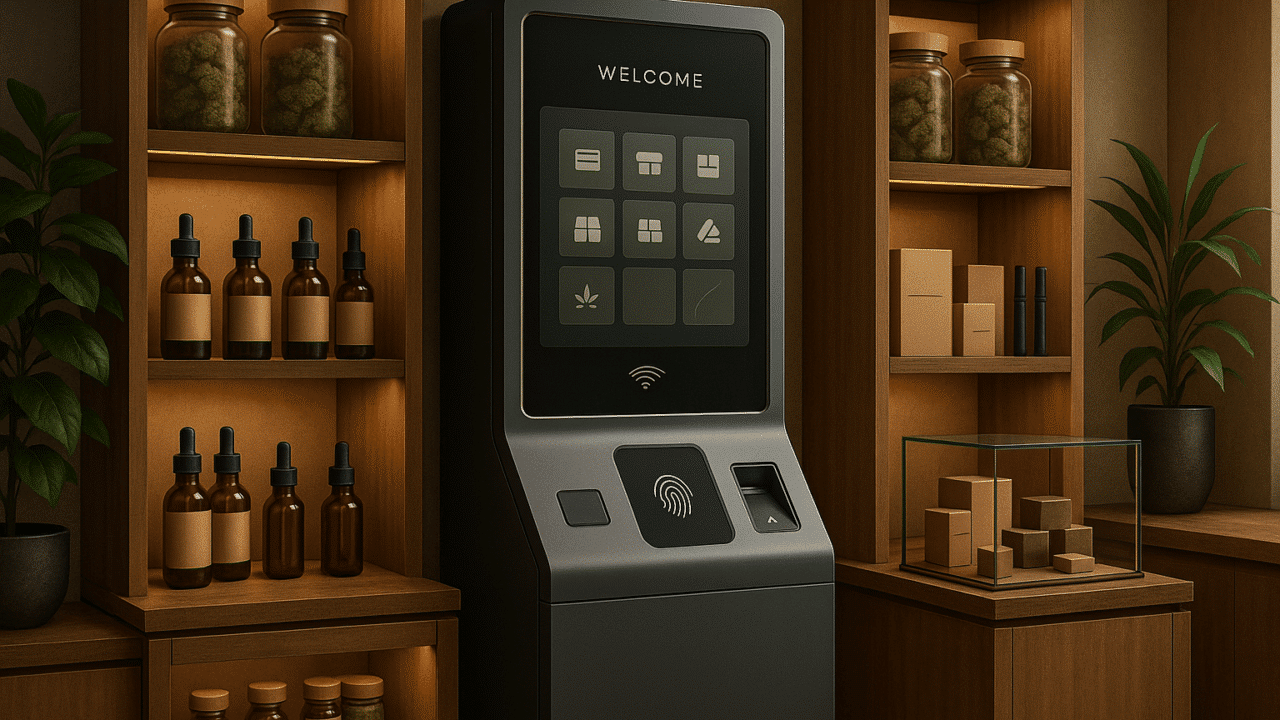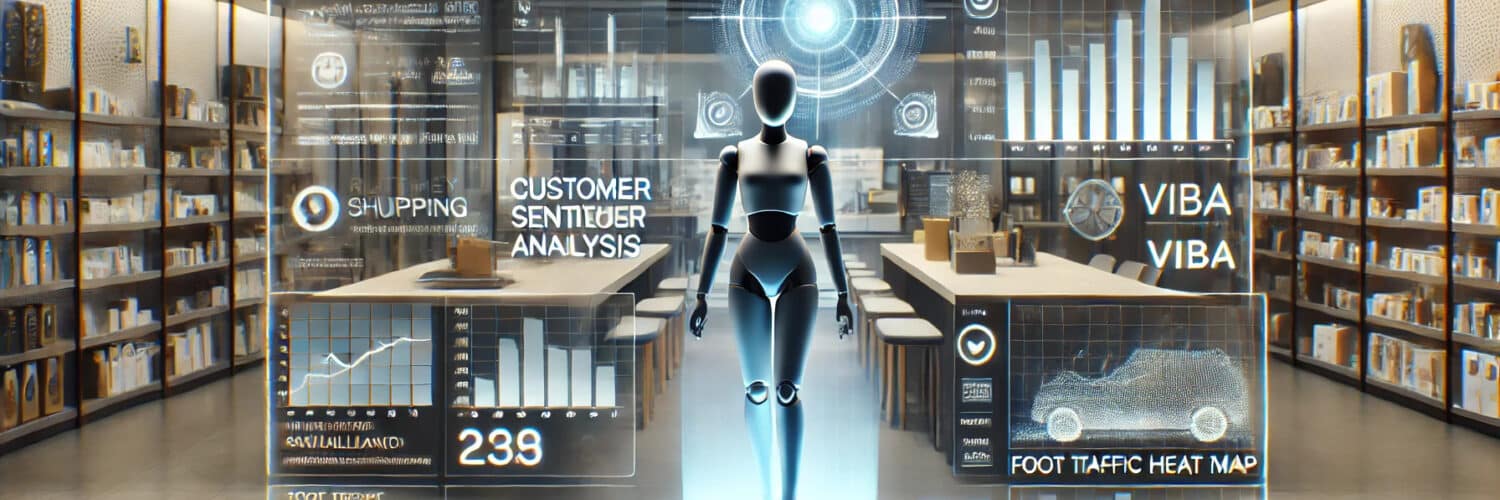
How AI is Transforming the Future of Mystery Shopping
AI isn’t just changing how retailers collect customer feedback—it’s redefining how they respond to it.
Traditional mystery shopping relied on periodic store visits, subjective evaluations, and delayed reporting. Today, retailers are turning to AI-powered mystery shopping solutions to monitor performance in real time, at scale, and with more consistency than ever before.
The goal? Smarter decision-making, faster improvements, and a more complete view of the customer experience.
Let’s explore how AI is reshaping mystery shopping—from voice analytics and surveillance to predictive insights—and what this means for the future of retail.
AI Call Monitoring Is Replacing Delayed Feedback
Instead of waiting weeks for post-visit reports, retailers can now assess customer service interactions as they happen.
Major brands like Walmart and McDonald’s are using AI-powered call monitoring tools to analyze voice data during customer service calls. These systems flag issues such as long wait times, tone mismatches, or missed upsell opportunities—allowing teams to make immediate adjustments.
It’s no longer just about “what happened”—it’s about why it happened and how to fix it before the next customer experience suffers.
👉 Explore how T-ROC helps retailers drive real-time performance improvements
Computer Vision Is Elevating In-Store Visibility
AI-powered cameras are now doing more than basic surveillance. With computer vision and machine learning, retailers can track:
-
Foot traffic patterns
-
Dwell time at displays
-
Checkout line delays
-
Product availability
-
Employee-customer interactions
These systems eliminate the need for constant manual observation and deliver actionable insights directly to store leaders.
A well-known example is Amazon’s Just Walk Out technology. Originally developed for frictionless checkout, it also highlights the power of computer vision to monitor and optimize the in-store journey.
Retailers are now using similar tools to improve service speed, reduce friction, and maintain store standards automatically—without relying on mystery shopper visits alone.
Predictive Analytics Are Replacing Guesswork
One of the biggest advantages of AI is its ability to detect patterns, forecast behaviors, and deliver predictive insights.
Retailers like Starbucks and Target are leveraging AI-driven analytics to:
-
Forecast staffing needs
-
Personalize customer experiences
-
Optimize store layouts
-
Measure employee performance
-
Identify operational bottlenecks
With AI, retailers can proactively solve issues before they become visible to customers—rather than reacting to a delayed report from a human evaluator.
🔍 Want to see how real-time insights can reshape your store operations? Explore our mystery shopping and analytics services
The Real Benefits of AI-Powered Mystery Shopping
So what makes AI-powered mystery shopping a better alternative to traditional methods?
Speed
AI systems deliver instant feedback, helping teams act in real time—not weeks later.
Scalability
While a human shopper can only visit a few locations, AI can monitor thousands of stores simultaneously.
Cost Efficiency
By reducing the need for manual evaluations, retailers can cut costs while expanding oversight.
Objectivity
AI evaluates based on data, not opinions—removing the bias often associated with traditional reviews.
Consistency
With machine learning, standards are applied equally across every store, every time.
In short: AI enables a broader, faster, and more reliable understanding of your retail performance.
Challenges and Ethical Considerations
Despite the benefits, AI-powered monitoring brings new responsibilities.
Privacy is a top concern. Retailers must ensure compliance with data protection laws and clearly communicate how AI tools are being used—especially when it comes to video and voice data. Transparency builds trust.
Employee perception also matters. Some team members may feel uncomfortable with the idea of being “watched” by machines. Retailers should frame AI as a tool for supporting performance and enhancing training, not surveillance.
And while AI adoption often leads to long-term savings, the upfront investment in infrastructure, hardware, and integration can be a hurdle—particularly for mid-sized retailers.
Still, as AI tools become more accessible, we expect the barrier to entry to keep falling.
Where AI in Mystery Shopping Is Headed Next
AI in retail isn’t slowing down—and neither is its role in customer evaluation.
Emerging trends include:
Virtual Mystery Shoppers
AI bots that simulate real shopping journeys, both in-store and online, providing 24/7 testing of service paths, UX, and product flows.
Emotion Recognition
Using facial analysis and body language to detect customer sentiment. This allows stores to adjust service or environments based on how shoppers feel—not just what they say.
Automated E-Commerce Audits
AI tools that mystery shop your online store the same way humans do—checking site performance, product accuracy, and checkout experiences in real time.
These innovations promise a more holistic view of retail health—across both digital and physical channels.
Conclusion: AI Makes Mystery Shopping Smarter, Faster, and More Actionable
AI is helping retailers move from reactive evaluations to proactive improvements.
By combining speech analysis, computer vision, and predictive analytics, AI-powered mystery shopping delivers insights that are faster, broader, and more consistent than anything human-based systems can match.
The challenges are real—privacy, trust, and upfront investment. But so are the opportunities.
Retailers that embrace AI today will be the ones leading tomorrow’s customer experience.
📥 Ready to take your retail intelligence to the next level? Let’s talk about building a smarter, data-driven mystery shopping program.

